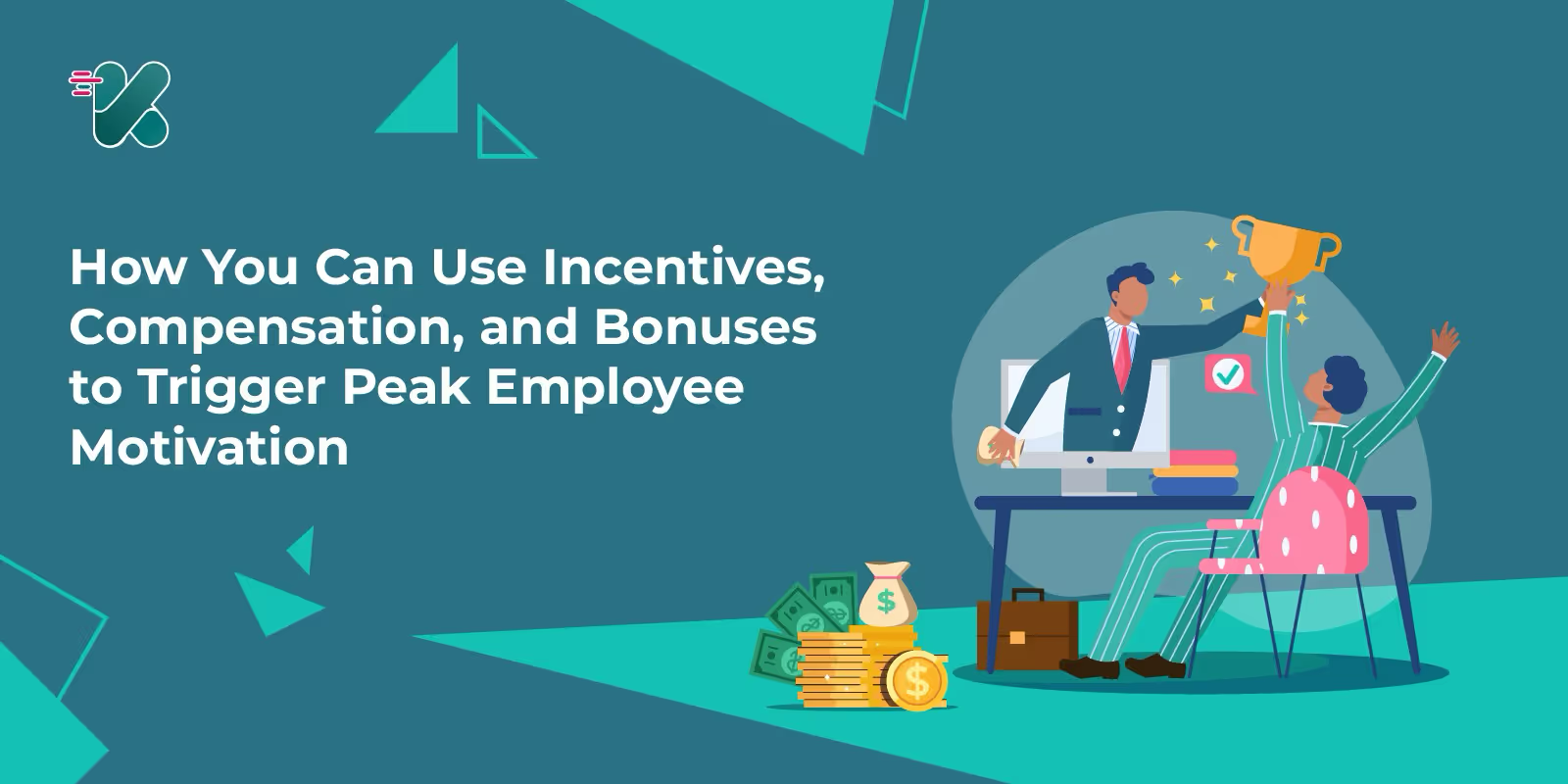
Explore the best Rewards for Boosting Employee Motivation.
Explore the hacks behind incentives, compensation, and bonuses to achieve employee motivation on a budget.
Incentive Compensation
Read More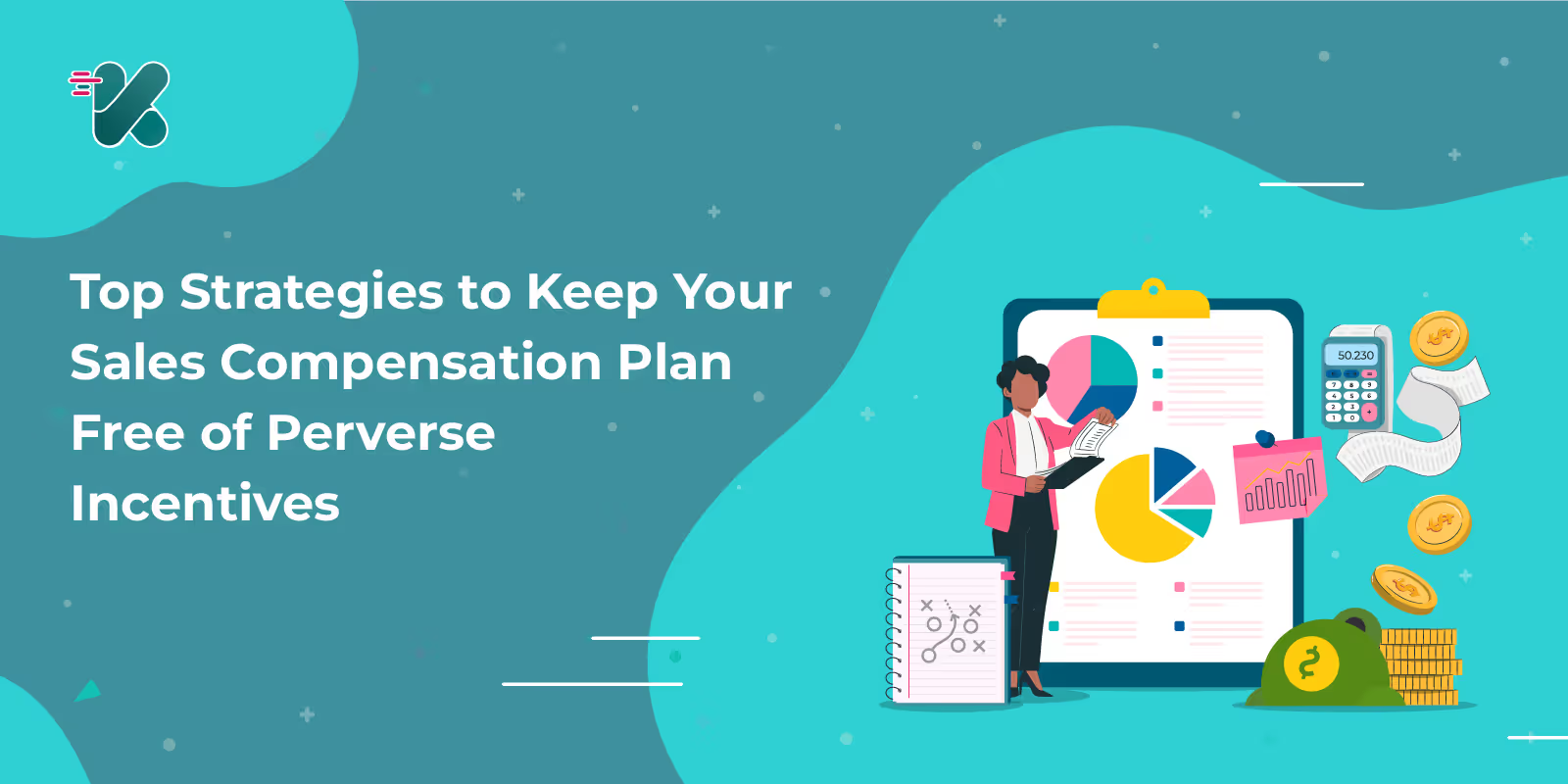
Strategies to Steer Clear of Perverse Incentives in Your Compensation Plan
Learn how to design effective sales compensation plans that avoid perverse incentives.
Incentive Compensation
Read More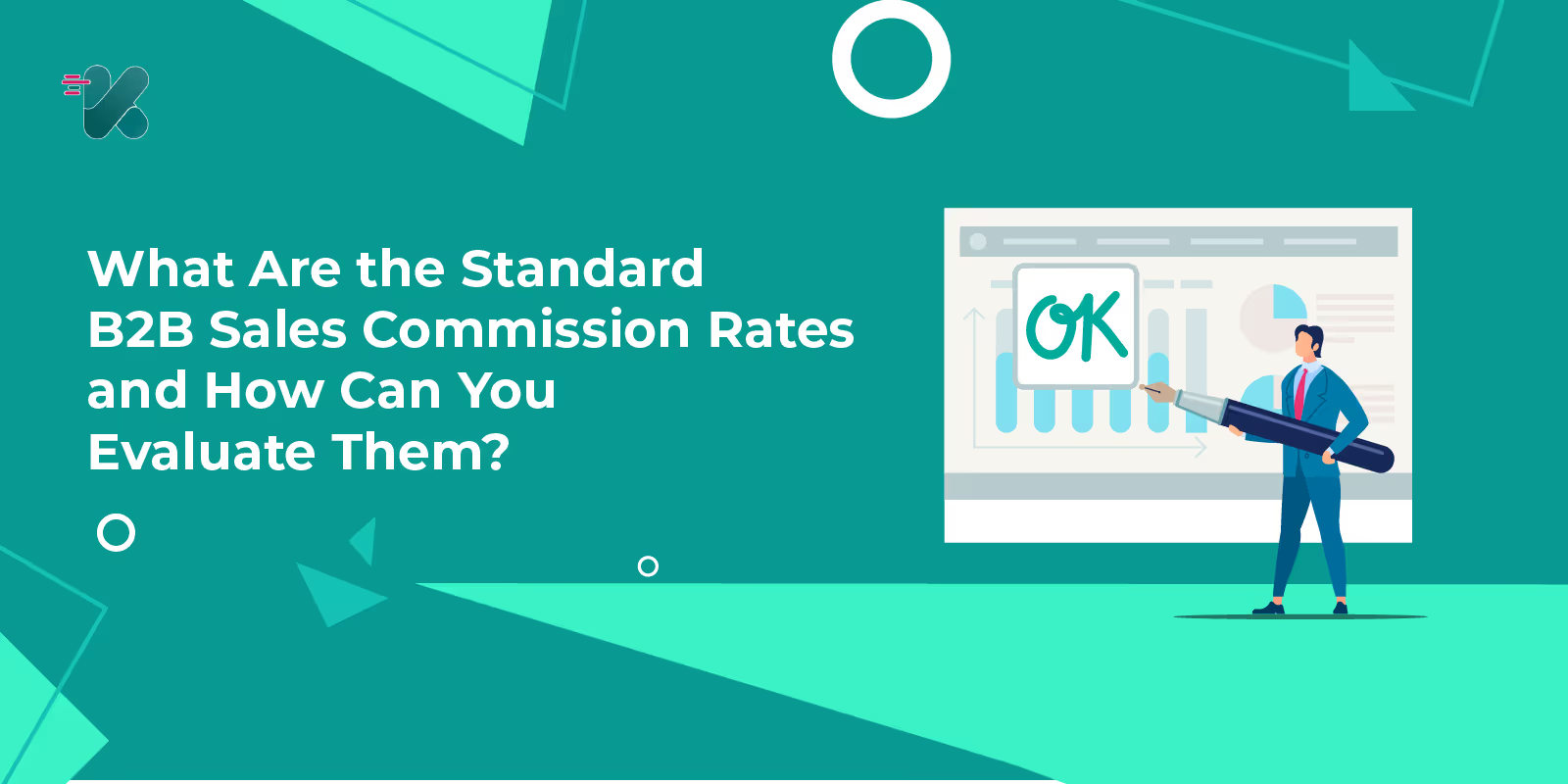
Insights into Average B2B Sales Commissions and What Drives Them
Understand B2B sales commission rates, factors, and commissions for different sales reps. Gain strategies for evaluating commission structures.

Top Tips for Pharma Incentive Compensation| Strategies & Insights
Explore tips, strategies, and innovative ideas for effective incentive compensation in the pharma industry. Get insights to set up compensation plans today.
Incentive Compensation
Read More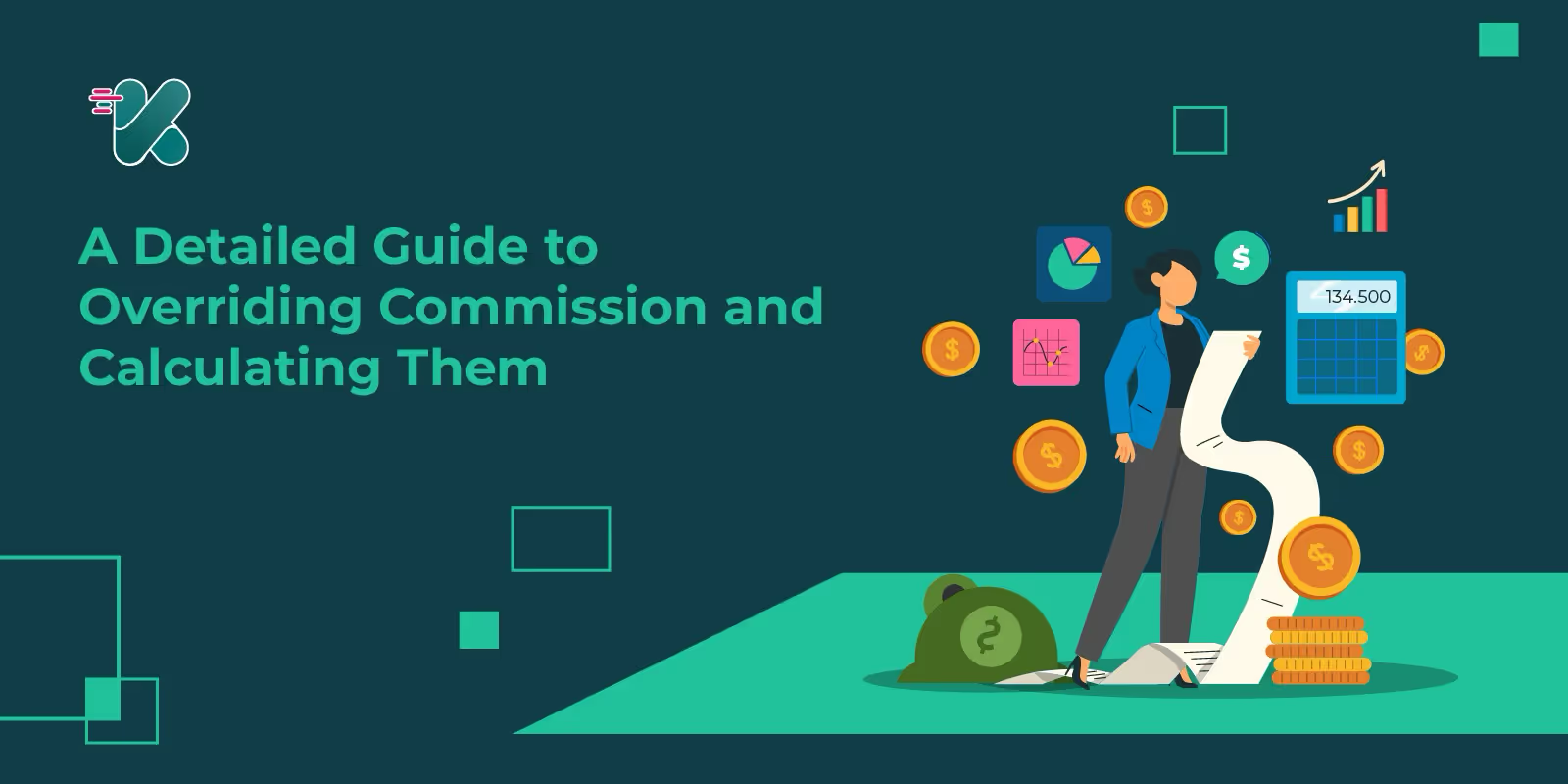
The ABCs of Overriding Commission: What They Are and How to Calculate Them?
Learn how Overriding Commission, can boost performance, pros and cons, and the straightforward steps to calculate them.
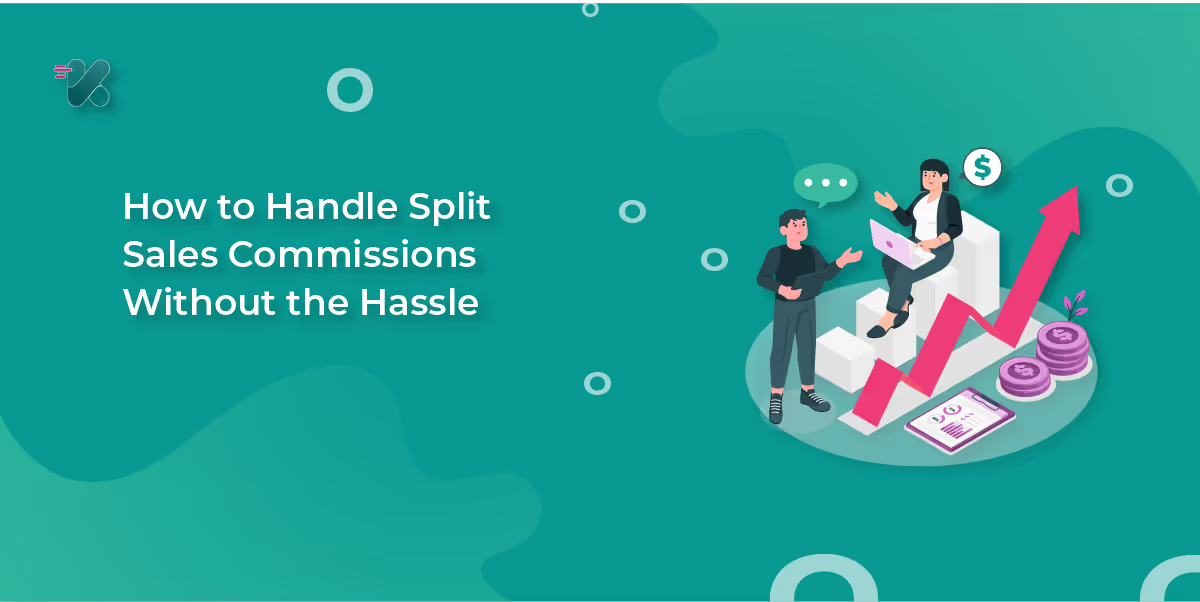
An Insider’s Guide to Handling Split Sales Compensation
Learn how to efficiently handle split commissions and maintain a positive work environment.

A No-Nonsense Approach to Sales Coaching in 2025
Learn why effective sales coaching is important in 2025 with our easy-to-follow guide
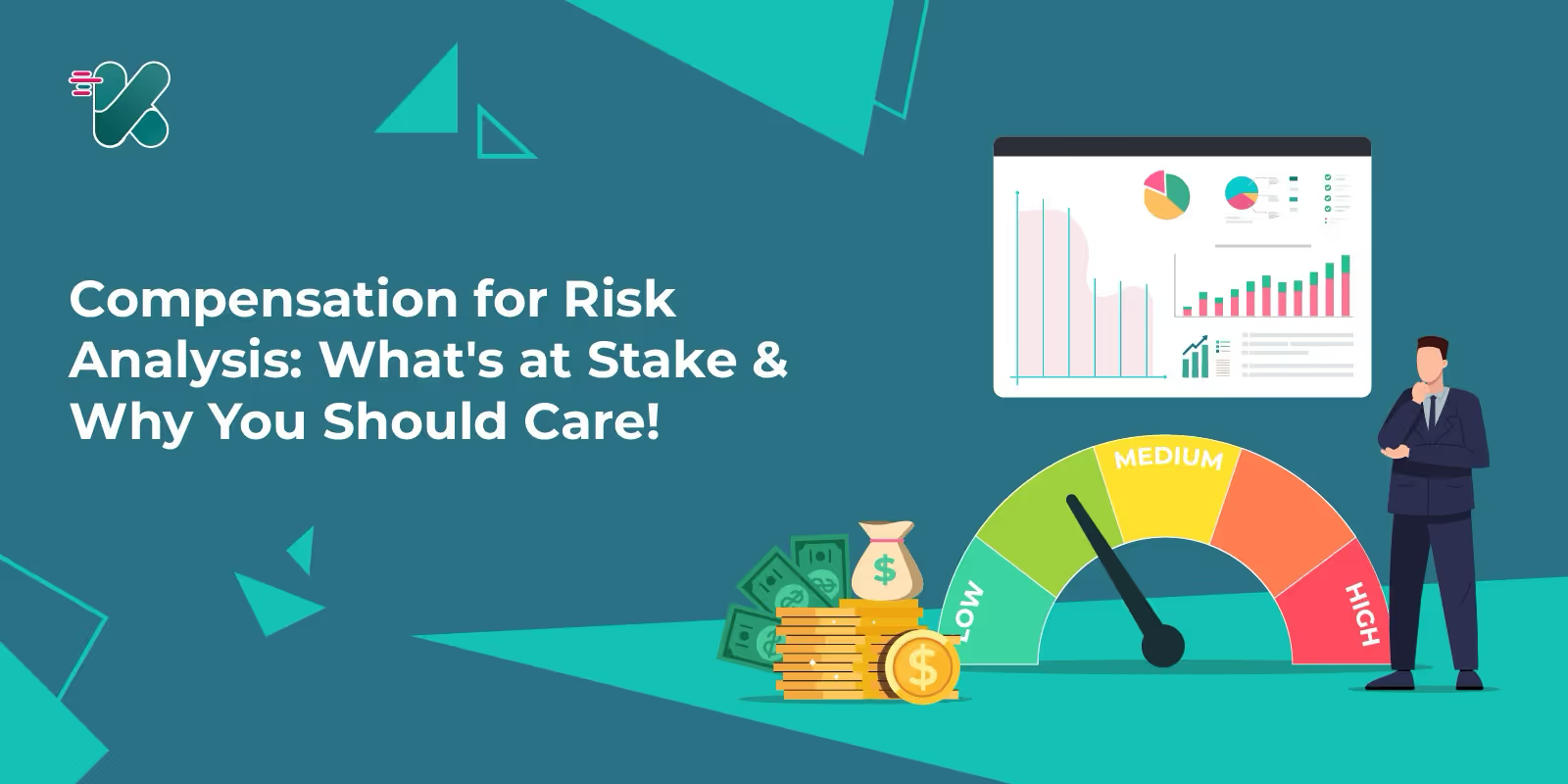
Why Compensation for Risk Analysis Deserves Your Attention
Discover the importance of compensation for risk analysis and what’s at stake. Learn to implement effective compensation risk analysis.








